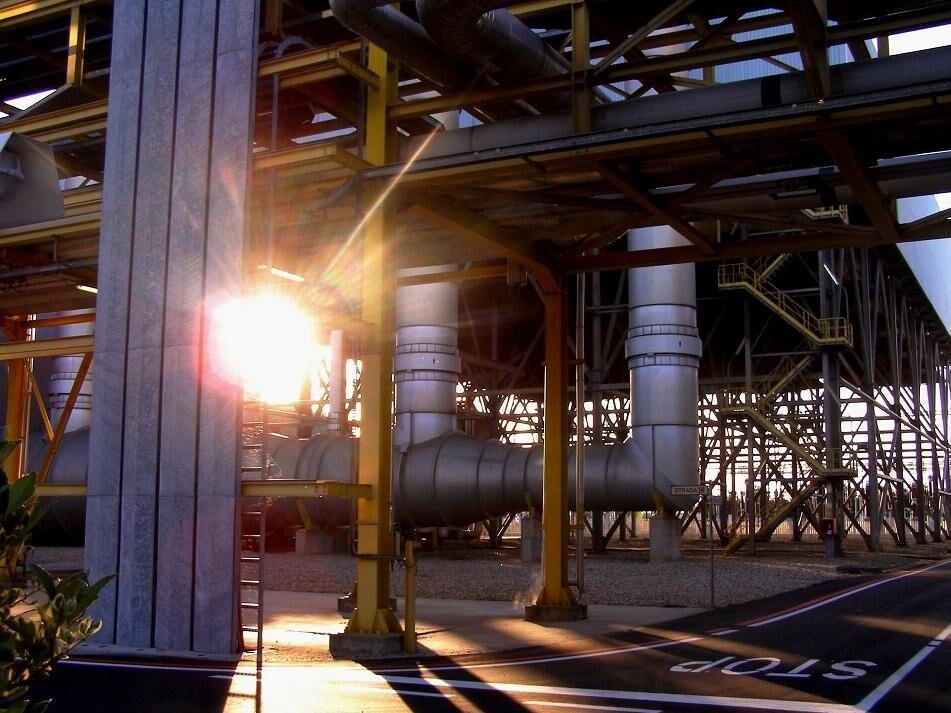Investment analysis on combined heat and power generation for an industrial site
Our client, founded in the early 80’ies as a family company, has maintained the same key values of purity, authenticity and care for the natural environment. Nowadays, this player annually processes over a million tons of potatoes with only a limited number of production plants, driving the company to continuously improve efficiency of production processes by integrating cutting-edge innovation technology.
Business Case
Rising energy prices are severely impacting the competitiveness of energy-intensive industrial players. The current outlook suggests energy prices will continue to increase in the near future, specifically grid and tax components. Building local energy production units on industrial sites seems evident, but the legislative and fiscal context is complex and volatile on both national and European level. Our client’s Belgian subsidiary considers investing in a Combined Heat and Power unit, aiming to significantly reduce its energy bill by profiting from lower taxes and cutting out transmission and distribution costs on the locally produced energy.
.

The main objective of the project was to analyze the technical and economic feasibility of the integration of an industrial CHP into the production site. The resulting business case will be used directly for decision-making, regulatory licensing and further detail engineering.
Results
irex Consulting conducted a feasibility study starting with a thorough energy profile analysis that uses historical gas and electricity consumption data to set-up a reference profile for the industrial site. This profile was then used to identify the possible configurations for decentralized production from a technical perspective. Depending on the heat and electricity demand, this can either be a gas engine or a gas turbine. The result of the technical feasibility study allowed the team to set-up different business cases to investigate economic feasibility.
First a rudimentary business case was defined in order to assess the project’s high-level potential. Next, we enriched it by integrating vendor selection details regarding EPC contractors, CHP constructors and future price evolutions.
The final result proved to be a very profitable business case exhibiting a highly attractive payback time. The case is used as direct input for the investors’ decision-making process, for all sorts of regulatory licenses (certificates, construction, environmental), and as starting point for the detail engineering by the EPC contractor.
Deliverables
The main deliverable was a technical and financial dimensioning of a CHP.
irex extracted and processed all the relevant data from the company’s scada systems in order to generate an energy dashboard. The dashboard links the local energy flows to the industrial production processes and installations, hence providing crucial financial information. It includes primary energy flows such as gas and electricity, but also secondary energy flows such as water, steam and lower voltage electricity.
Data analytics on the primary and secondary energy flows resulted in:
- a view on the synchronism between the electricity and gas consumption, based on a correlation analysis
- the estimation of an equivalent number of operating hours for the decentralized production unit, based on the construction of a monotonic graph of the electricity and heat charge
- the identification of potential savings such as dysfunctional valves or energy consumption outside of operating hours
- the selection of the most suited decentralized production unit from a technical and economical point of view
“We combine market knowhow and technical expertise to drive efficiency and unleash energy flexibility.”
Pooling its in-depth energy market knowhow with its electric and thermodynamic expertise, irex Consulting was able to offer the end-to-end guidance this project required. We relied on our capabilities in energy data analysis, wholesale market prices, technical dimensioning, industrial processes, multi-dimensional business cases and project management.
Leveraging its expertise, the team was able to reveal additional opportunities in the customer’s energy and operational data. These were used as the starting point for projects tackling energy efficiency and unlocking energy flexibility.